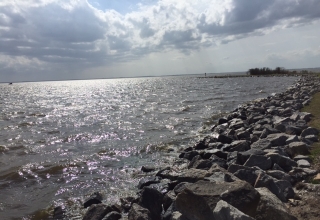
It should be noted that sometimes it is possible to establish a comparative situation for either a type A or type B comparison in which the problem actually is worse than at present. Our experience, however, indicates that in the vast majority of problems you will ever encounter, the comparative situation will be one in which the problem does not exist or is not as serious. The possibility of establishing a comparative situation in which the problem is worse should be kept in mind, ·though, at least as a possibility.
Next, identify and collect relevant information about the comparative situation in terms of who, what, where, when, extent, and pattern. The kinds of questions you should ask about the comparative situation are as follows:
• Who is involved?
• What exactly is happening?
• Where is the comparative situation?
• What objects or processes are involved?
• When is the comparative situation taking place or how recently was it taking place?
• What is the extent?
• What is the pattern?
When you complete this step in a problem-solving effort, record your answers to these questions.
STEP 2: COMPARE AND CONTRAST THE CURRENT AND COMPARATIVE SITUATIONS
Look for major similarities between the actual and comparative situations. What forces, motives, influences, or drives exist in both situations? Those factors that are common to both situations may be resources that will help move toward problem solution.
Then examine the actual and comparative situations for differences. Be as specific as possible in terms of who, what, where, when, extent, and pattern.
STEP 3: IDENTIFY RESOURCES AVAILABLE TO SOLVE THE PROBLEM
Examine each similarity between the current and the comparative situation, answering these questions:
• Will this similarity help me to achieve an important goal or cluster of goals?
• Am I confident that this similarity is not likely to change during the course of problem solving?
If the answer to these questions is “yes’” then that similarity will be a significant resource in the solution of the problem.



















